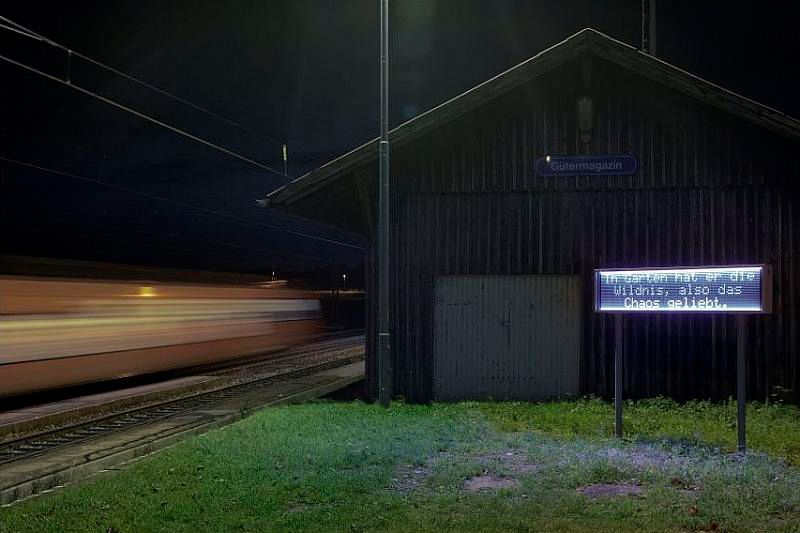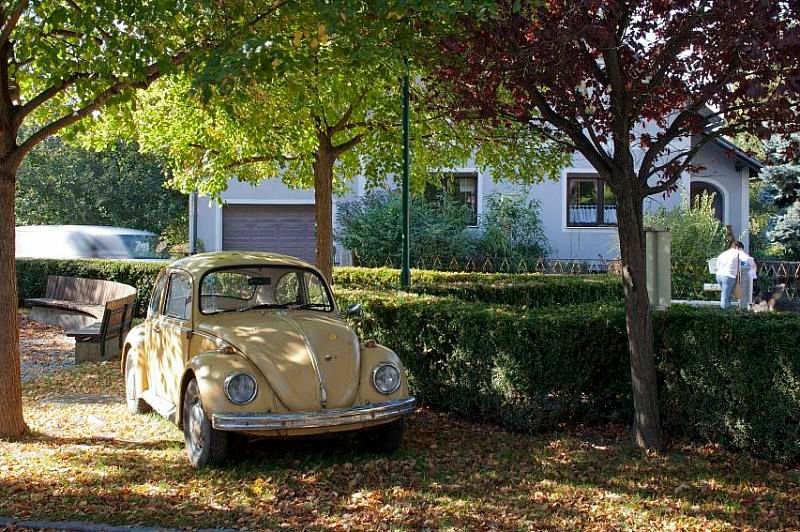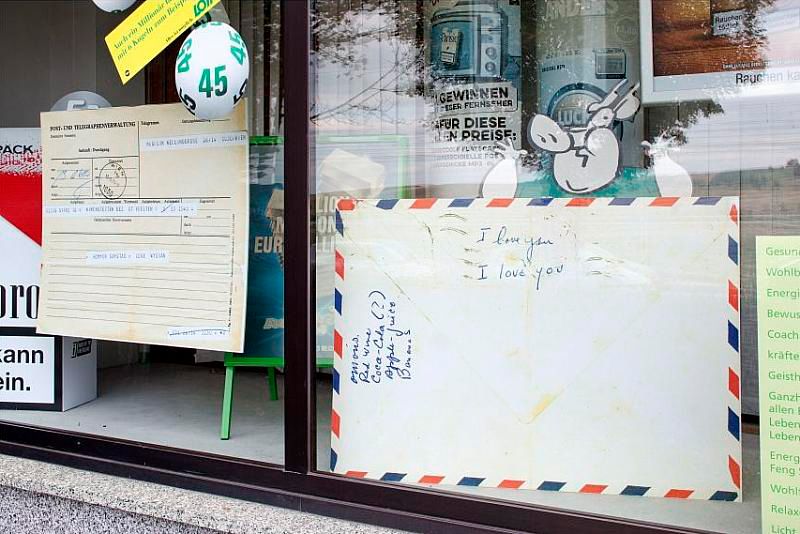Ricarda Denzer
:
About the House. Silence Turned Into Objects.
Back
Information
About The House. Silence Turned Into Objects is an art project by the artist Ricarda Denzer that takes the form of an Exhibition inspired by the life and work of the Anglo- American, Pullitzer Prize-winning poet Wystan Hugh Auden (1907-1973), who lived in this house for much of the year from 1958. Works by 12 artists that engage with language in different ways are on display in the village aswell as at the Auden House. It is about hearing and the voice as well as about the speech act, and its transformation into visual, spatial and socio-political dimensions.
Subjective Auden Archives in 4 locations in the village Ricarda Denzer has conceived audio-visual installations for four different locations in the village using fragments from the Auden Archives, so taking the archives into the public space of the community. For her Subjective Auden Archives she has drawn from spoken and written sources, such as conversations with local residents, old tape recordings and film footage, his correspondence, newspaper excerpts, original texts as well as quotations from Auden's poetry and from his book The Age of Anxiety (1946). The selected locations mark key spots in Auden’s village life. W.H. Auden frequently drove to the train station to collecthis guests, who came from all over the world. The film Night Mail (1936) is screened in the station waiting area. The British documentary, which was widely acclaimed onits original release, is a film by Harry Watt and Basil Wright about the legendary London to Scotland mail train. Night Mail is considered an artwork in its own right, comprising sound and images in a combination of realism and filmic aesthetics, and featuring Auden's eponymous poem and music also composed specially by Benjamin Britten.
Visible from the train as well as from the road, alternating lines of text from the writer's work, along with collaged subtitles for the setting, are to be read on a flip-dot panel. Ricarda Denzer has positioned the magnet-controlled LED board, of the kind usually used where traffic is involved — for example, to announce train arrivals on station platforms— on a raised patch of grass next to the tracks. W.H. Auden went to the local post office every day. Ricarda Denzer alludes to the significance of the correspondence in Auden's estate with a collage of letters and photographs in the windows of this post office. A large photograph of the postmistress, with whom Auden was on friendly terms, is flanked by a photograph of the poet on one of his visits to collect his mail. Next to this are letters from, for instance, Hannah Arendt or Stella Musulin, a close confident of Auden's, as well an as obituary from The New York Times where the executor of his estate asks people in possession of his letters to destroy them. The route to the Auden House passes the former Auden-Platz, now Weinheber-Platz. For the duration of the exhibition Auden's car is parked here, a VW Beetle which the poet droveuntil his death in 1973. When the car is approached the windows become resonant as Auden's voice is to be heard reciting various passages from his work, including lines from a reading he gave in Vienna on the day of his death.´
(Cornelia Offergeld)




